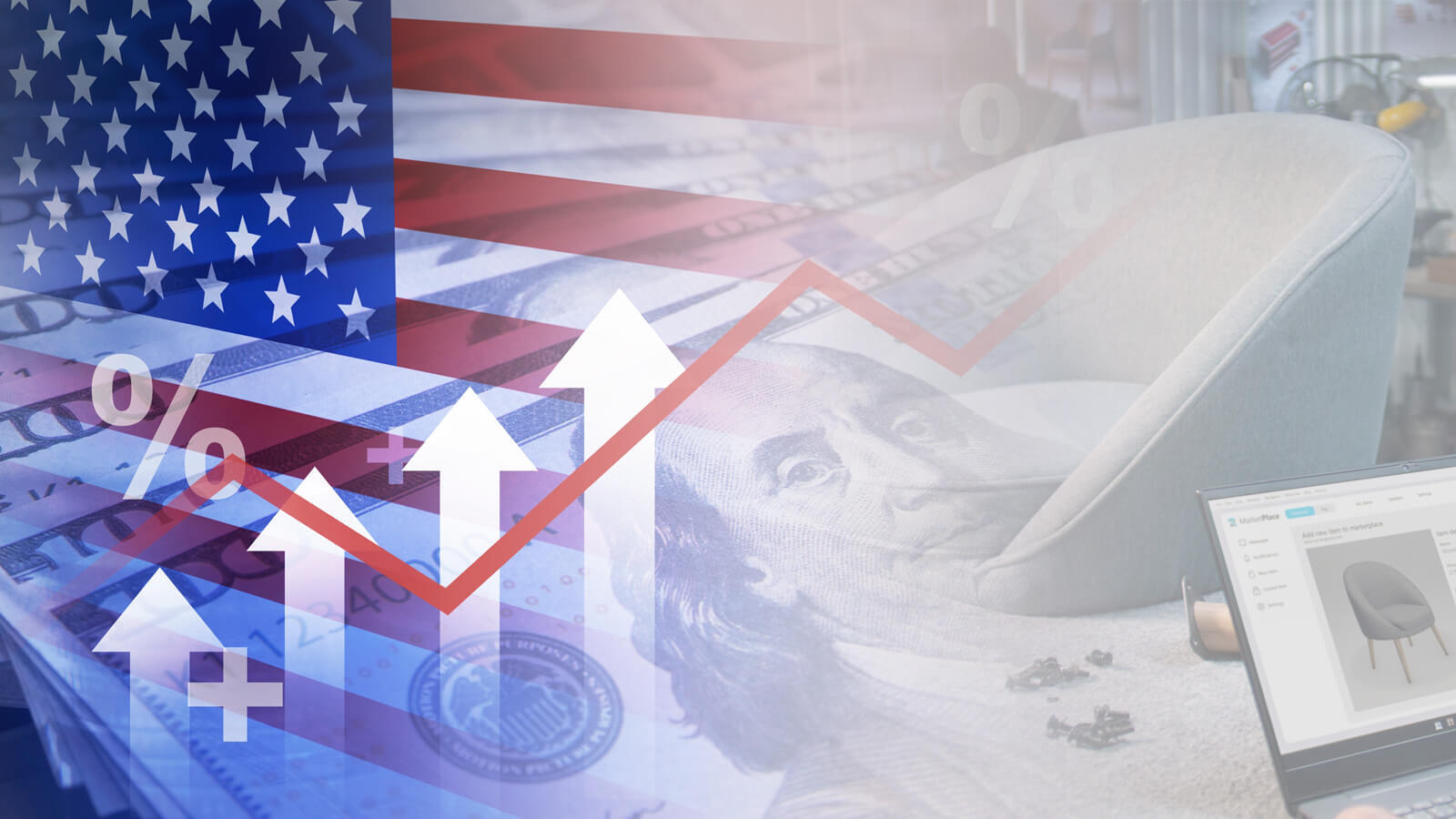A significant shift in buyer expectations is reshaping how products are marketed and sold online in 2025.
Consumers now demand more than just high-quality goods as they start to expect interactive, personalized experiences that allow them to co-create the product. The brands that meet this expectation through configuration tools are seeing remarkable results in conversion, engagement, and customer satisfaction.
Why configuration drives conversion
Buyers are no longer passive. They want to engage with products, personalize them, and visualize their final choices before committing to a purchase. This shift is not limited to any one industry; it is being influenced by consumer giants like Amazon, Apple, and Netflix, whose seamless and personalized experiences have raised the bar for everyone.
Configuration creates a sense of ownership, even at the earliest stage of the customer journey. It turns browsing into engagement, and engagement into intent.
The data behind the trend
So why does configuration ultimately increase conversion? The answer is simple: it builds connection.
When buyers can personalize a product, whether it’s changing the legs on a chair, adjusting a shelf’s height, or previewing a sofa in their living room, they’re no longer passive shoppers. They’re creators. They’re emotionally investing in something that feels tailor-made for them, and that emotional investment makes them far more likely to convert.
Performance metrics support the power of configuration. On average, companies that enable buyers to configure products experience:
- 35% increase in conversion rates
- 85% increase in average order value
- Over 100% increase in page views
These represent transformative growth opportunities for businesses prepared to meet customers where they are.
A visual-first economy
Today’s digital shopper expects a highly visual and immersive experience. Static product photography is no longer enough. Instead, hyper-realistic 3D product renders, AR integration, and interactive product customization deliver the type of engagement modern buyers require.
This is especially relevant for high-consideration purchases, like furniture, where buyers often need multiple touchpoints before making a decision. By providing 3D product visualization tools that let them visualize products in different configurations and settings, brands can create deeper emotional connections that lead to higher conversions.
The IKEA effect in the digital age
Psychologically, configuration activates what's known as the IKEA Effect — a cognitive bias where individuals place more value on products they’ve helped create. Even if assembly or customization occurs digitally, the effect still applies. Consumers are more likely to buy, and more satisfied with the purchase, when they’ve had a hand in shaping it.
Research shows that 76% of consumers are willing to pay more for furniture they’ve configured themselves, even if it’s only a digital process. For e-commerce businesses, offering product configuration is more than just improving UX (User Experience)—it is a direct and powerful value driver for the business.
Scalability through smart visualization
Advanced visualization technology allows companies to scale configuration without the logistical burden of traditional photography. Instead of taking countless photos of every possible product combination, they can use realistic 3D models that allow endless customization.
These assets are flexible, can be deployed across all channels (mobile, desktop, AR), and are proven to reduce return rates while increasing engagement and satisfaction.
Final thought: 2025 will reward immersive commerce
As technology advances and expectations rise, brands that prioritize immersive and personalized shopping experiences will outperform those that don’t. Configuration is not just a feature but is quickly becoming a requirement.
For businesses looking to scale, differentiate, and deliver superior customer experiences, enabling product configuration is one of the most direct and effective paths to higher conversion and long-term customer loyalty.
Want to dive deeper into how configuration drives growth?
Watch the full webinar session to explore real-world examples, performance data, and practical strategies for implementing interactive configuration at scale.

%20(1).png)

